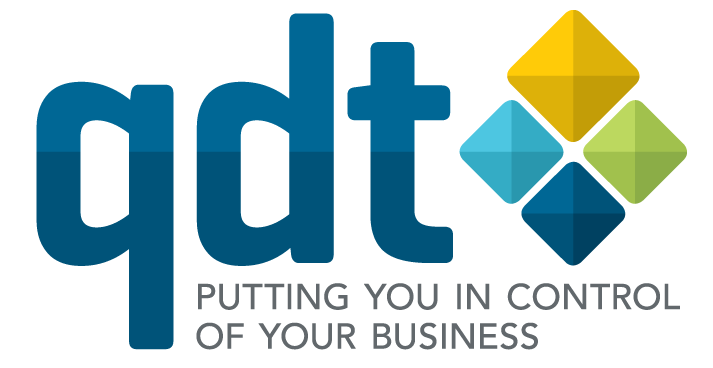Tips for documented business systems #1
It’s been a while since we wrote an entry in our blog. We are starting back with bite-sized tips to help you with documenting your business system. We know you are busy, so we are aiming to give you just enough to digest quickly. We’d love to hear your feedback, including requests for topics.
Microsoft Word tip
To change the case of selected text, use SHIFT+F3. Each time you press it , the selected text rotates through ALL CAPITALS to all lower case to Initial Capitals. You can also do this with the current word. Just place the insertion point in the word and use SHIFT+F3 to rotate through the cases.
Plain language
Should we ban the word should? Nothing annoys me like the word ‘should’ in work instructions. Should means that you don’t have to do something, or that you hope something will happen. There is normally no place for this word in a work instruction. A work instruction is a list of commands to carry out a sequence of actions. People are tempted to use should when they write the work instruction as a narrative instead of as commands. The use of narrative and the word should can make the reader uncertain. When you write work instructions, use commands, not narrative. Here is an example:
| Narrative mixed with commands |
Commands |
Making tea
|
Making tea
|
The nine business areas
When we are analysing a business we normally come up with nine main business areas. There are some overlaps, but the majority of procedures reside in one only of these areas. They also reflect a typical division of managers in a larger business. This could be a way for you to divide up your procedure manual.
10 Management, communication and culture
20 Site and infrastructure—including office services, records, maintenance
30 Marketing—capturing leads
40 Sales—converting leads into customers
50 Operations—what your business actually does
60 Purchasing—including inventory
70 Finance
80 Human resources
90 Safety and environment

